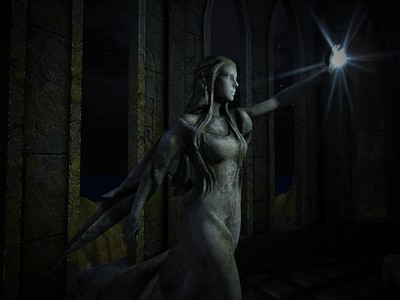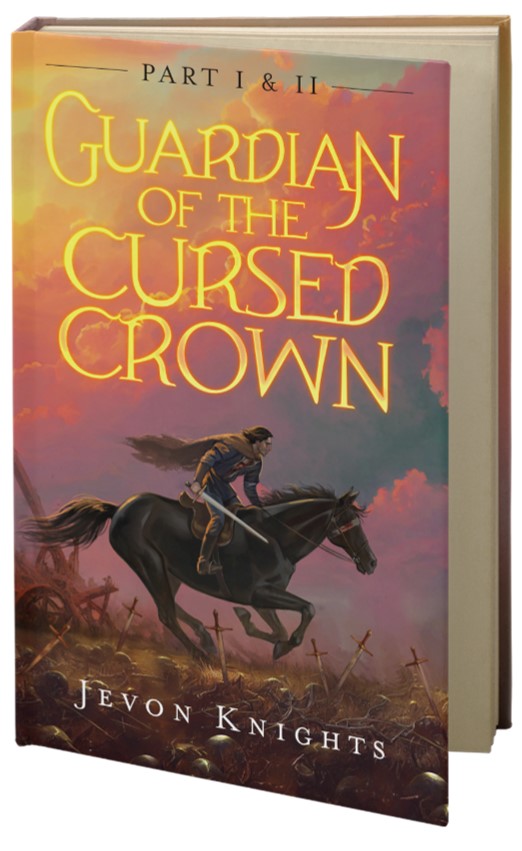
One of the most enjoyable things about a fantasy world can be getting to understand the magic systems, the rules that govern what’s possible and how it works.
But wait, you might be asking yourself, what’s this about rules of magic?
It’s fantasy, right? There are no rules of magic. People just walk around waving their hands in irregular patterns like total nutjobs and stuff happens. It’s the exact reason why extreme adults turn their nose up at this nonsense.
Well that might work in movies, but when it comes to fleshed out novels and trilogies involving years of research and a huge following, I guarantee you there are rules.
Abracadabra

Hocus-pocus, alakazam, a snap of the finger and poof, a rabbit jumps out of a hat.
Translated into fantasy, fire would suddenly appear and burn the invading army. Maybe someone goes pitching into the air. Or my personal favourite, spacetime bends.
It’s easy to squeeze that kind of imagery into movies without viewers getting confused because live action and animation can be consumed within an hour or two (or recently four) from start to finish. It’s like your favourite amusement park ride, fun and entertaining. You get on, zip around, have some laughs and get off.
How did Darth Vador strangle that guy? Didn’t you see, he pointed his finger.
How did the White Witch turn those hybrids into stone? Isn’t it obvious, she poked her sword.
How did Willow transform Fin Raziel into all those animals? Weren’t you watching, he used that curly stick.
No one cares that the best fantasy moves get by with barely an explanation of how magic works because there’s just too much going on to stop and think about it.
The Magic System

Now we enter the much slower, paced out, revised world of fantasy novels, enjoyed by sipping and slushing around in your mouth before swallowing, where a protagonist’s journey can take months, even years to complete.
As readers, we pause after a paragraph or two of action and think, wow that’s incredible. Maybe the sentence was expressed with so much emotion that it demanded another read, or a chapter had so much revelation that it burned into memory. And so when a character waves a hand to perform magic, there better be something relatable driving it, something that makes sense, otherwise that sip just took becomes bitter, even spat out in confusion.
So how do you make magic relatable?
From chemistry, biology, physics, to astronomy, everything works by rules that govern natural forces, unless you’re venturing into the realm of gods and miracles, which should be treaded carefully in fantasy.
People relate to the rules of nature because we live by them every day. You eat to stay alive. Plants grow when watered. Lightbulbs glow when powered. Engines rotate with fuel. Every action has a reaction. Every decision has a consequence. And it’s no different with magic.
Clear rules should be established that explains what can and can not be done by wizards, sorceresses, mages, dragons or whatever beings are capable of wielding it. That way when the impossible happens, readers accept it with a nod, understanding the workings of the magic.
I’ve seen some great ones from my favourite stories. Brandon Sanderson’s Mistborn trilogy uses metals like zinc, tin, copper and bronze consumed from food that gives the power of telekinesis, enhanced senses, and strength. A skill that he calls Allomancy. In Brian Staveley’s Chronicles of the Unhewn Thrown, leeches are individuals who can use a specific items like stones, birds, or even emotion to create elements or move objects. Ursula Le Guin’s A Wizard of Earthsea has a school where wizards learn to speak the true name of animals and nature to exert control over them. And Michael J. Martinez’s The Daedalus Incident shows alchemist mixing together various elements to cause ships to soar between planets, create gravity, breathable air, along with other protected secrets.
.
Magic shouldn’t be so magical that readers can’t understand it. Establish clear rules that are explained by the end of the novel to create a believable system. Don’t break them, and have fun with what’s possible.
I can’t wait to share the magic of my upcoming novel.
This is the final post of my five-part series Elements of World Building. For more, check out the previous four posts:
1.) Elements of World Building – the Map
2.) Elements of World Building – People
 Knights Writes
Knights Writes
Hi Knights. This was a good read. It reminded me of all those novels I have read which includes most if not all those elements you touched on. You are correct. It has to be done right, it has to make sense and it has to be clearer than what happens in movies. At the end of those movies, when I think about their actions, its quite hilarious because you know they just pointing a finger or squinting their eyes. In a book though, you have the details of how it is done, the explanation and it comes to life in your mind and you ‘see’ and, hear it, feel it. I cant wait to read your book!
Ha yes I forgot eye squinting. Thanks Gina